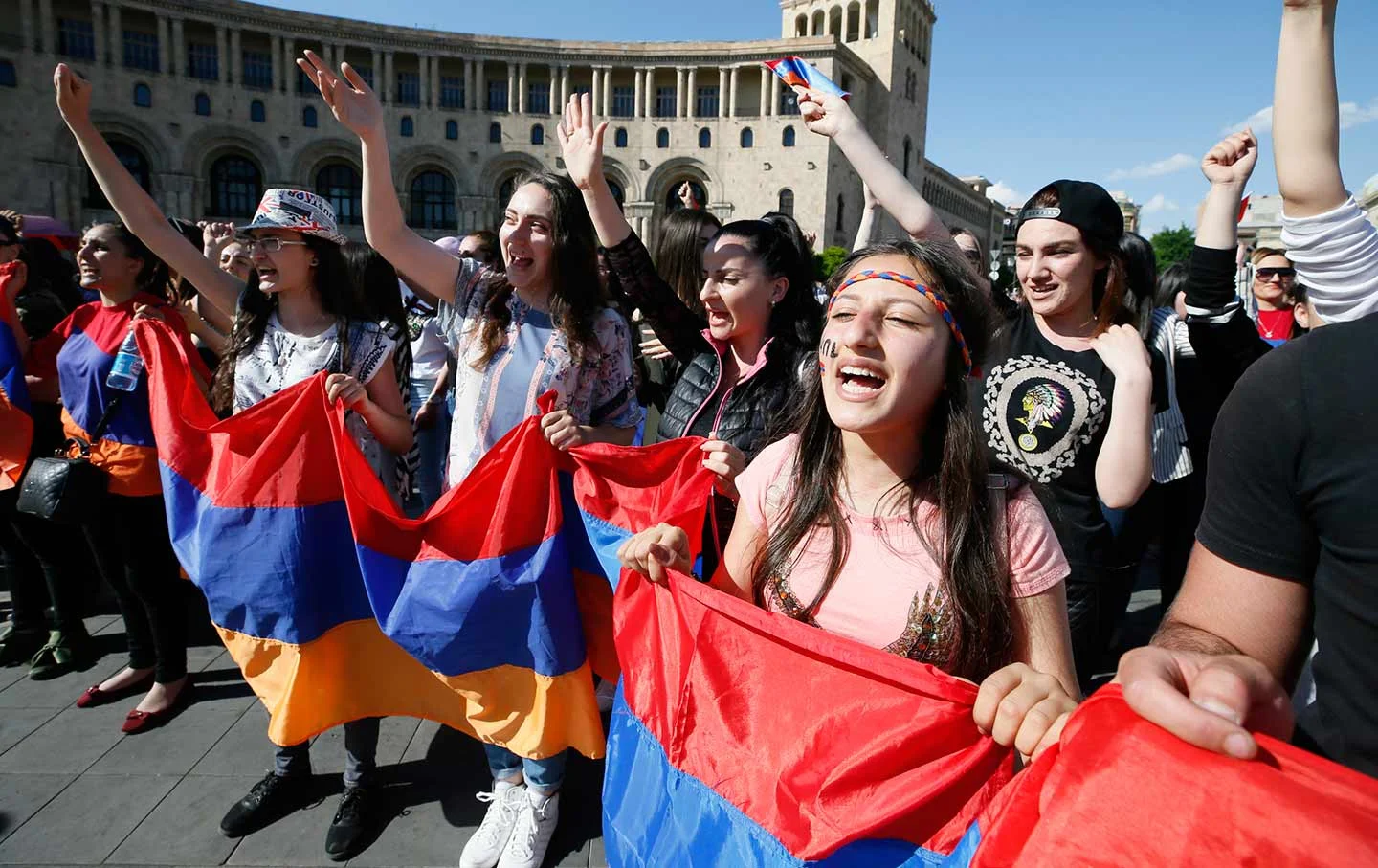The question “Are Armenians white?” is a complex one, touching upon issues of identity, race as a social construct, historical classifications, and self-perception. There isn’t a simple yes or no answer that satisfies all contexts, as the definition of “white” itself is fluid and has varied significantly across time and geography.
What is the common societal perception of Armenians regarding race?
In many Western societal frameworks, particularly in the United States, individuals of Armenian descent are often perceived as and categorized as ‘white’. This is frequently based on predominant physical characteristics, such as lighter skin tones, and historical legal classifications. However, this perception doesn’t always fully encompass the nuances of Armenian origin and identity, which traces back to the Armenian Highlands in West Asia, at the crossroads of Europe and Asia.
It’s important to acknowledge that historically, particularly during periods of mass immigration to the West, Armenians (like many other groups from Southern/Eastern Europe and the Middle East) sometimes faced discrimination and were not always readily accepted into the then-prevailing, narrower definitions of “whiteness.”
How has the concept of ‘whiteness’ historically applied to Armenians in the US?
The legal and social definition of “white” in the United States has evolved. In the early 20th century, eligibility for U.S. citizenship through naturalization was often restricted to “free white persons.” This led to several court cases where the “whiteness” of various immigrant groups was contested.
A landmark case for Armenians was United States vs. Cartozian (1909), and later reaffirmed in cases like In re Halladjian (1909) and United States v. Ali (1925) which referenced Armenians. In these cases, U.S. courts legally affirmed that Armenians were to be considered “white” for the purposes of citizenship eligibility. This was based on then-contemporary anthropological and ethnological theories that classified Armenians as part of the “Caucasian race” (a term itself originating from the Caucasus region, though its usage became much broader and often problematic). This legal classification played a significant role in how Armenians were integrated into American society compared to other groups who faced stricter racial barriers to citizenship.
Do Armenians identify as ‘white’?
Armenian self-identification is diverse and personal.
- In contexts where “white” is used as a broad census category (like in the U.S.), many Armenians may select this option if it’s the closest available fit, or if they identify with a broader European-descended categorization.
- However, for many Armenians, their primary identity is Armenian – an ethnic, national, and cultural identity with thousands of years of history, a unique language, and distinct traditions. This specific Armenian identity often takes precedence over broader racial categorizations.
- Some Armenians may identify more with a West Asian, Middle Eastern, or Caucasian regional identity, reflecting their ancestral homeland.
- The experience of the Armenian diaspora, shaped by the Armenian Genocide and subsequent migrations, has also forged a strong sense of unique collective identity that transcends simple racial labels.
Ultimately, how an individual Armenian identifies can depend on their personal experiences, family background, and the societal context they are in.
Why is the racial classification of Armenians complex?
The complexity arises because:
- Race is a Social Construct: Definitions of race, and who fits into categories like “white,” are not fixed biological realities but rather social and political constructs that change over time and vary between cultures.
- Geographical Origins: Armenians originate from the Armenian Highlands, a region at the crossroads of West Asia and Eastern Europe (the South Caucasus). This region doesn’t fit neatly into simplistic continental divides often used in Western racial classifications.
- Historical Experience: While legally classified as white in the U.S. for over a century, Armenians have also faced periods of prejudice and being “othered” based on their ethnicity, religion (Christianity in a predominantly non-Christian region for centuries), and immigrant status.
- Distinct Heritage: Armenians have a unique language (an independent branch of the Indo-European family), alphabet, and a continuous cultural heritage that is neither strictly “European” in the Western European sense nor “Asian” in a Far Eastern or South Asian sense.
Therefore, while Armenians may be considered “white” in certain frameworks, this label often doesn’t capture the full depth or specificity of their rich and distinct ethnic and cultural identity.
